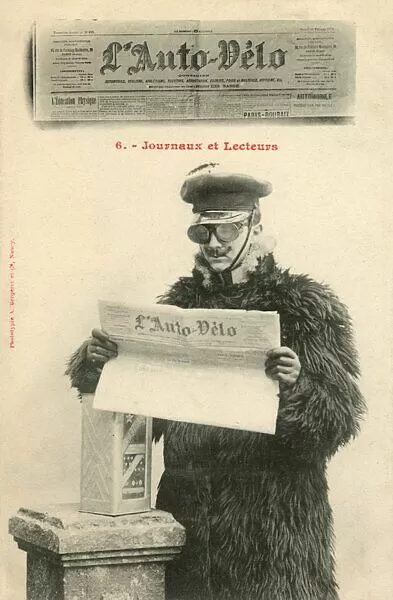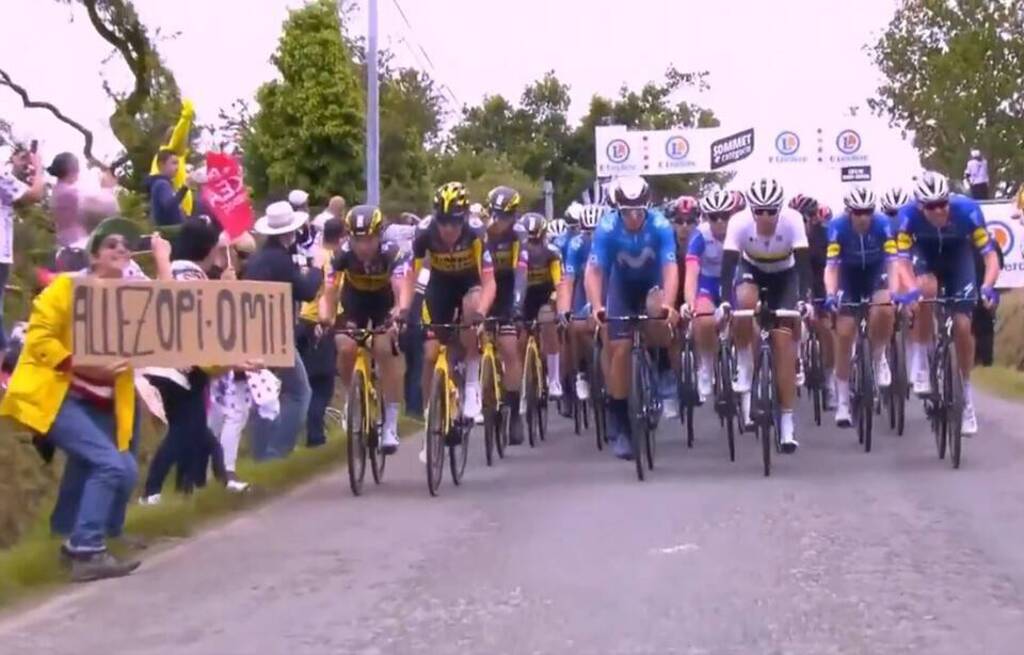History of the Tour de France

How has the Tour de France evolved through time?
When the first Tour de France was created in 1903, its main purpose was to improve the sales of the French sports paper L ‘Auto. It was a success as thousands gathered in Paris for the last stage, much like the modern-day Tour. Yet, many aspects of the race have changed significantly since that first event.
Journey Through Time
This is a look back at the tour history.
In 1903, the six gruelling stages of the Tour de France spanned a total of 2,428 kilometers, so some of the biking was done in the dark on bumpy, unpaved roads.
- The competitors raced as individuals, without any other riders to help them.
- Maurice Garin, the first winner of the Tour de France, was a part-time chimney sweep and received 3,000 francs in prize money, which would be worth around 12,000 euros today.
- His lead was the largest ever recorded, at almost three hours.
- The overall leader was signalled by a green armband – the famous yellow jersey, however, was not introduced until 1919.
The positive aspects of remote work are becoming increasingly more recognizable, with many people taking advantage of the flexibility it can bring. Nowadays, people are beginning to see the benefits of telecommuting, with the opportunity to work from anywhere and the ability to set your own hours. Furthermore, companies are recognizing the advantages of having employees work remotely, including the potential for cost savings and increased productivity.
The utilization of technology has vastly increased over the years, and it has been observed that there has been a dramatic rise in the demand for tech-related products and services. Consequently, this accelerated growth in the tech sector has resulted in a surge of companies specializing in these areas.
What This Excursion Has to Offer
- The total distance of the Tour de France 2023 is 3,404 kilometres (2,115 miles). T
wo separate rest days are scheduled after Stages 9 and 15. - 22 professional teams with eight cyclists each are expected to take part.
- This year, the overall leader will be rewarded with 500,000 euros.
- The competition is likely to be tight and the winner could be decided by only a few minutes.
- An estimated 10-12 million people view the event in person while two billion more watch the event globally.
The utilization of technology has become increasingly prevalent in the modern world. It is now commonplace for people to use tech in their day-to-day lives. Technology is being used more and more frequently, to the point where it has become a pervasive part of our lives. From communication to entertainment, technology has become a key component in the lives of many.
It is possible for one to eliminate any risk of plagiarism by altering the structure of text without altering the context or the semantic meaning of the words. This can be achieved by making sure that the marks of formatting are kept the same.
From imprudent cyclists to committed sports professionals
Riders in the Tour de France have always been known for their physical prowess and dedication to the sport. However, in the beginning, participants were less stringent when it came to practice and nutrition.
Maurice Garin, who won the 1903 Tour de France, used to take breaks at bars for a bit of wine and a cigarette. It was even said that in 1935, almost all the riders stopped to have a tipple with the locals! Nutritional values were not a consideration back then, and the victor of the 1904 Tour de France, Henri Cornet, had a diet full of hot chocolate, tea, champagne and rice pudding. Alcohol was a frequent choice for the cyclists while competing in a race.
Modern-day professional cyclists dedicate nearly every day to keeping fit and in shape. The cycling season begins in February and continues through October, and teams carefully plan out all the details for their riders so that they can perform optimally at the appropriate time.
The dietary intake of Tour participants is highly-regulated and their training regimen includes a mix of physical exercises, such as going to the gym, doing yoga, getting massages, and stretching, in addition to many hours on the bike. Depending on the difficulty of the stage, these riders can consume up to 7000 calories daily, which is three times the amount burned by a regular human in a single day.
Supporters from France, to enthusiasts from around the globe, have become devoted admirers.
In the early years of the Tour, there were not many ways to travel, and so the majority of the spectators were locals. The French viewers were incredibly passionate and dedicated to their local riders, to the point that in 1904 a multitude of fans attempted to assist Antoine Faure by throwing nails and glass on the road and attacking his competitors. One cyclist even ended up being knocked out. Eventually, the race officials had to take drastic measures and fire shots in the air to stop the altercation.
The Tour de France is so popular that people from everywhere come to see it. As a testament to its global reach, the beginning of the race, known as the Grand Départ, has been taking place in countries outside of France, including Italy, England, Germany, Belgium, and the Netherlands.
Although the behavior of many spectators has improved, there have still been some instances of them getting too close to the riders. Unfortunately, this has resulted in multiple crashes, mostly on twisty mountain roads. As it is not practical to place barriers along the entire length of the course, the Tour de France organizers now put them up on the final stretch of each stage in order to protect the riders from overly enthusiastic fans wanting to take photos.

The evolution of roads over time
The bicycle that Maurice Garin, the inaugural champion of the Tour de France, rode was much unlike the ones of today (and he didn’t have a helmet). It was a hefty 18 kilograms due to its steel frame and wooden rims, a weight two times greater than the models of today. Besides the weight, these bicycles also had a single gear, making the ascents significantly more taxing.
Cyclists competed solo, with no support from cars or extra bicycles. They donned extra tires and inner tubes around them like a soldier’s ammo belt in anticipation of a puncture.
For the current Tour de France, all riders will be utilizing technologically advanced carbon fiber bikes that are about seven kilograms in weight. Additionally, they have the option to select from different models that are suitable for flat, mountain, or time trial stages. Additionally, wearing a helmet is now mandatory.
Each team is backed by a staff of personnel, which includes a general manager, directors, mechanics, a cook, a doctor, and masseurs. During races, cyclists maintain a connection to the team through radios and can access reserve bikes, apparel, snacks, and beverages from the backup cars.

